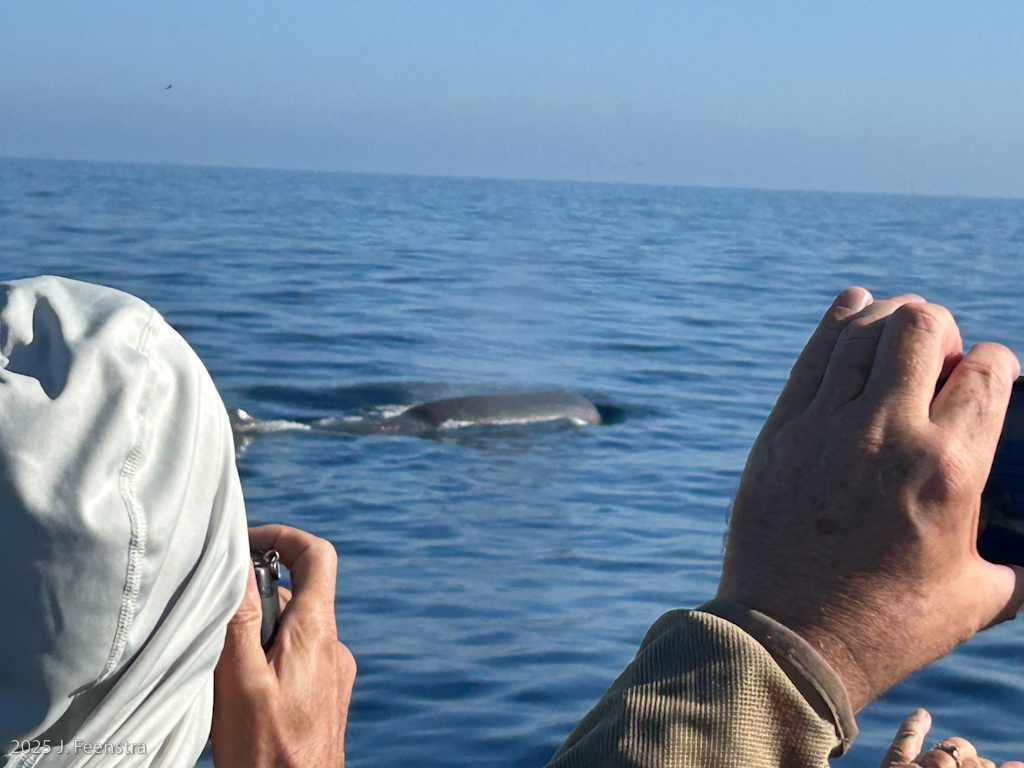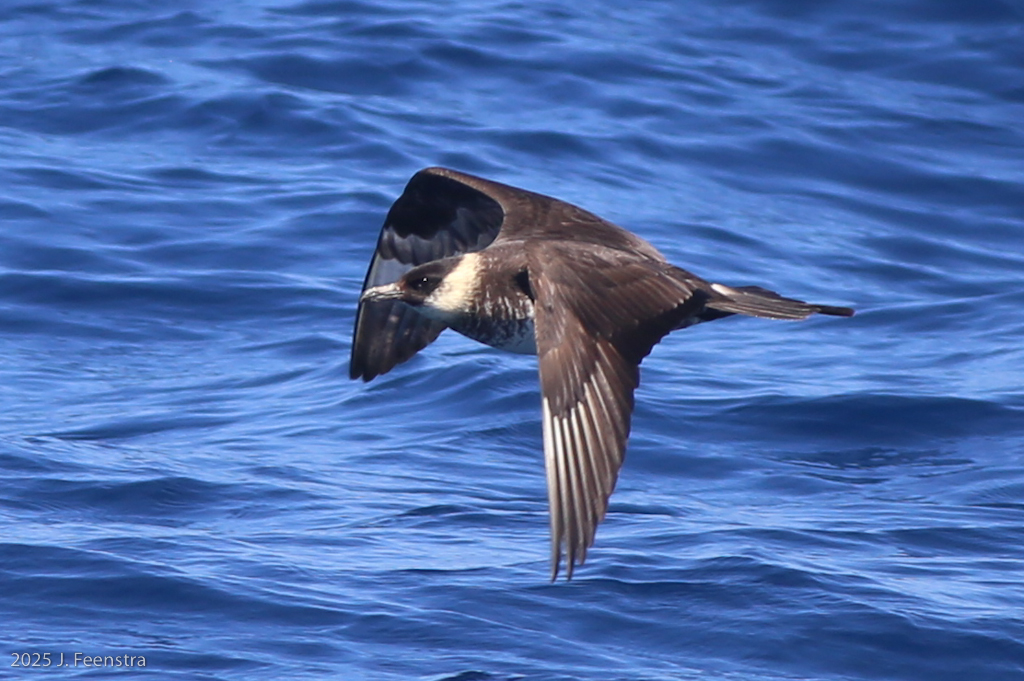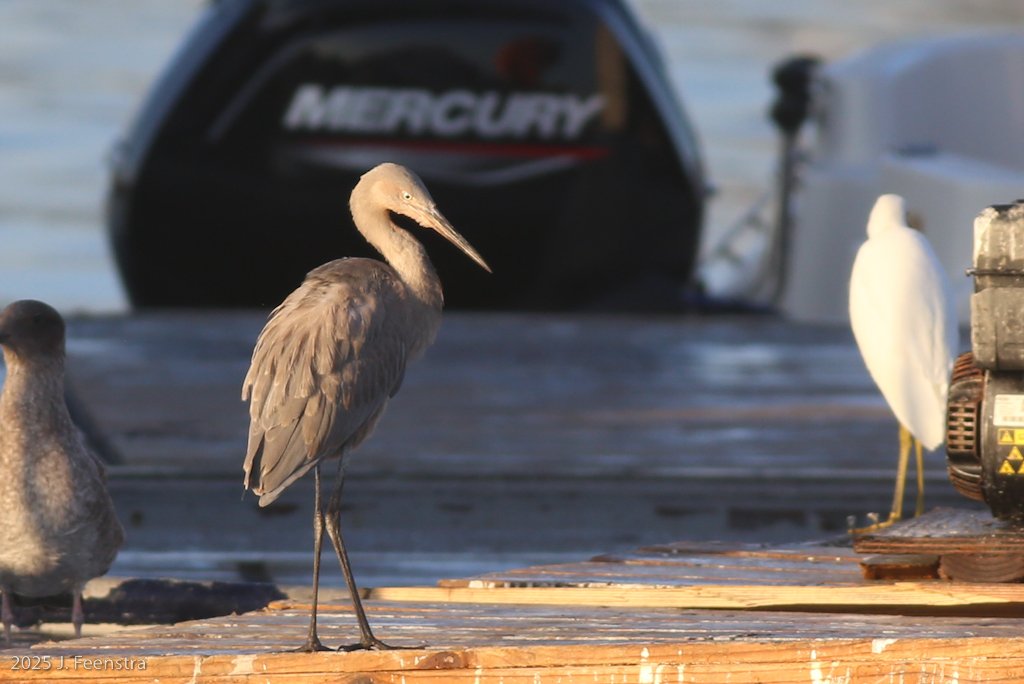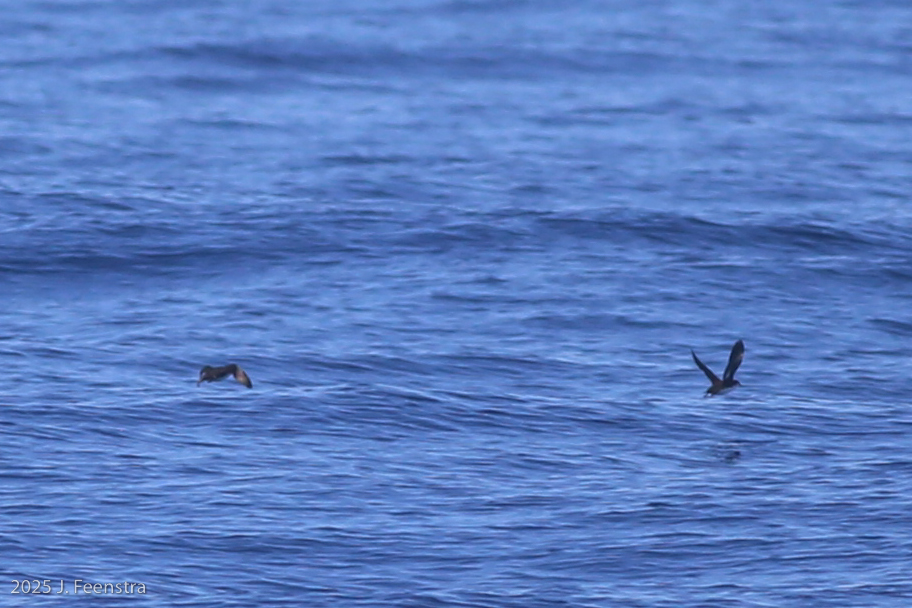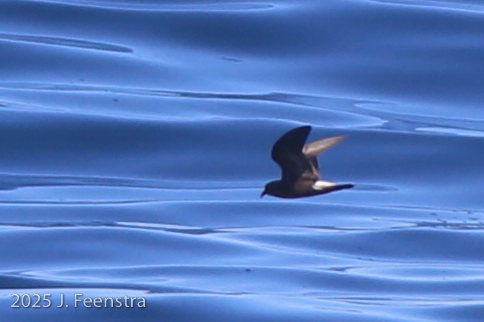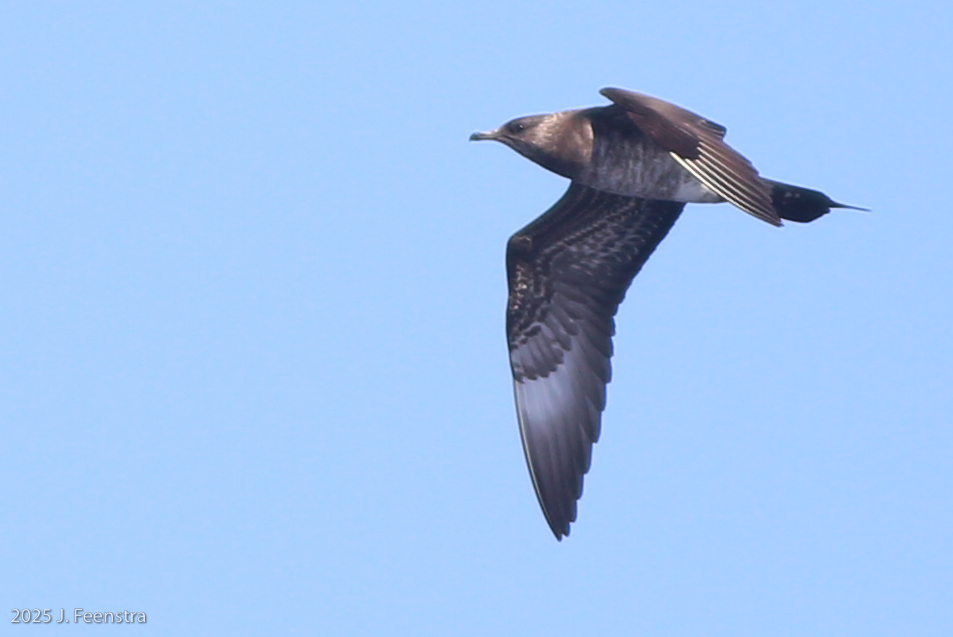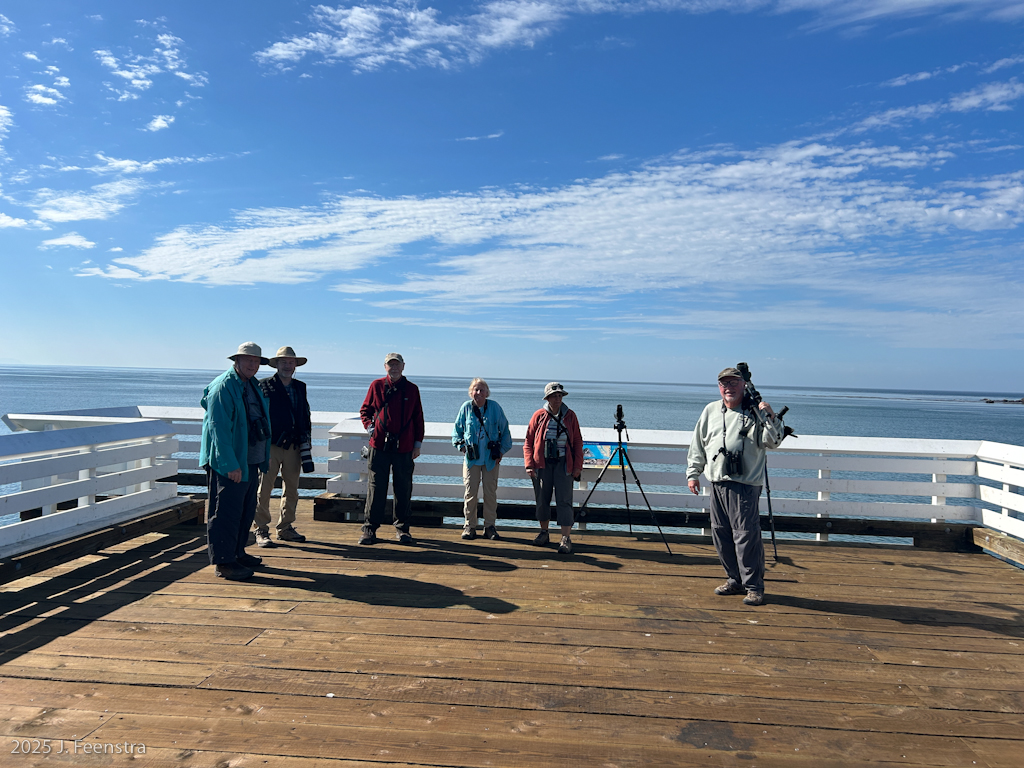
Wings Tour: California Central and Southern, late summer 2025
26 August - 9 September, 2025
The crew: Rusty, Jean, Lois, Charlie, Rod, Jon D (head bird guy), Jon F (assistant bird guy)
On this biennial tour of Central and Southern California we traversed 12 counties and focused on the the special species and special habitats of this diverse state. We began in San Jose, visited Pinnacles National Park, Morro Bay, and worked out way to the Ventura Coast. We took a day trip to Santa Cruz Island then spent some time in the western Mojave Desert with short jaunts to both the Tehachapi mountains and the southern Sierra Nevada. We then spent a night in the San Gabriel Mountains before driving south to the south end of the Salton Sea. After a couple days there we finished the tour with birding in San Diego county both by land and on a pelagic trip.
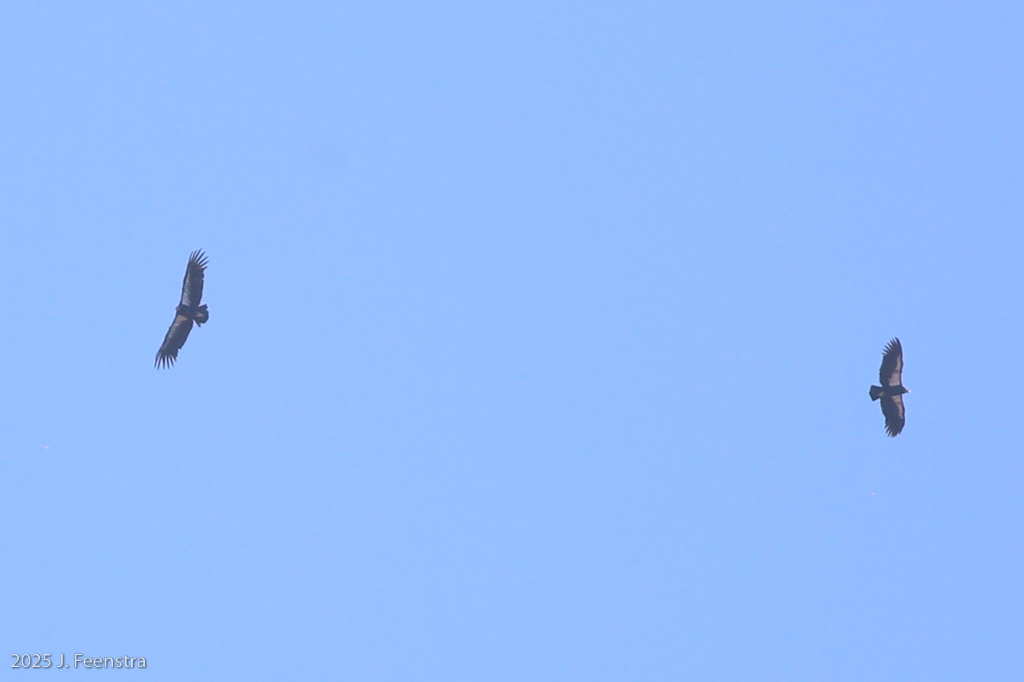
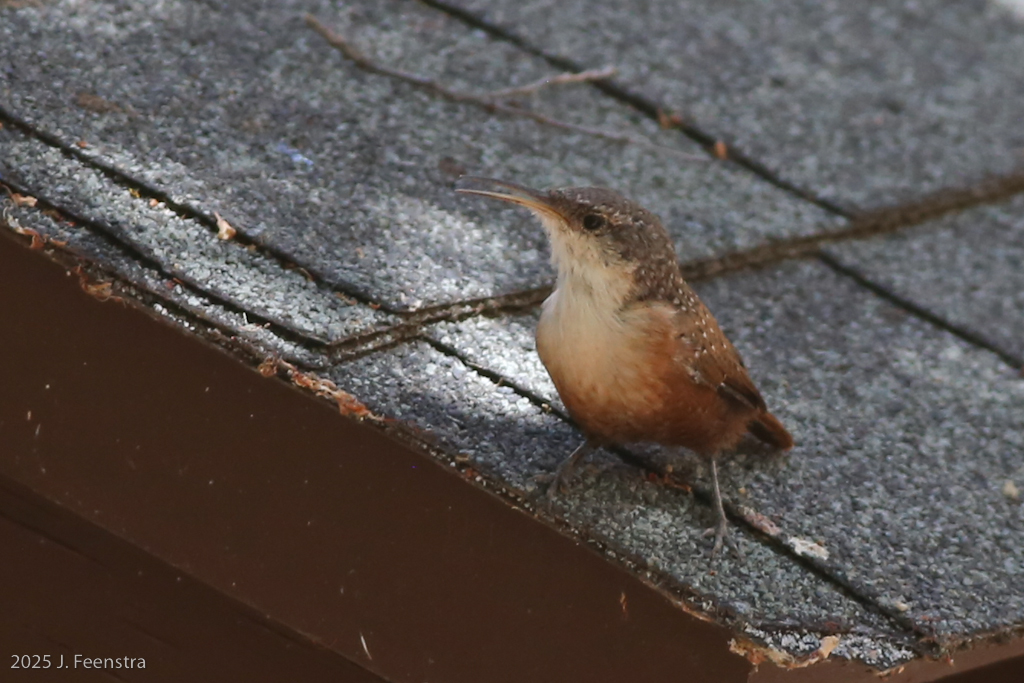

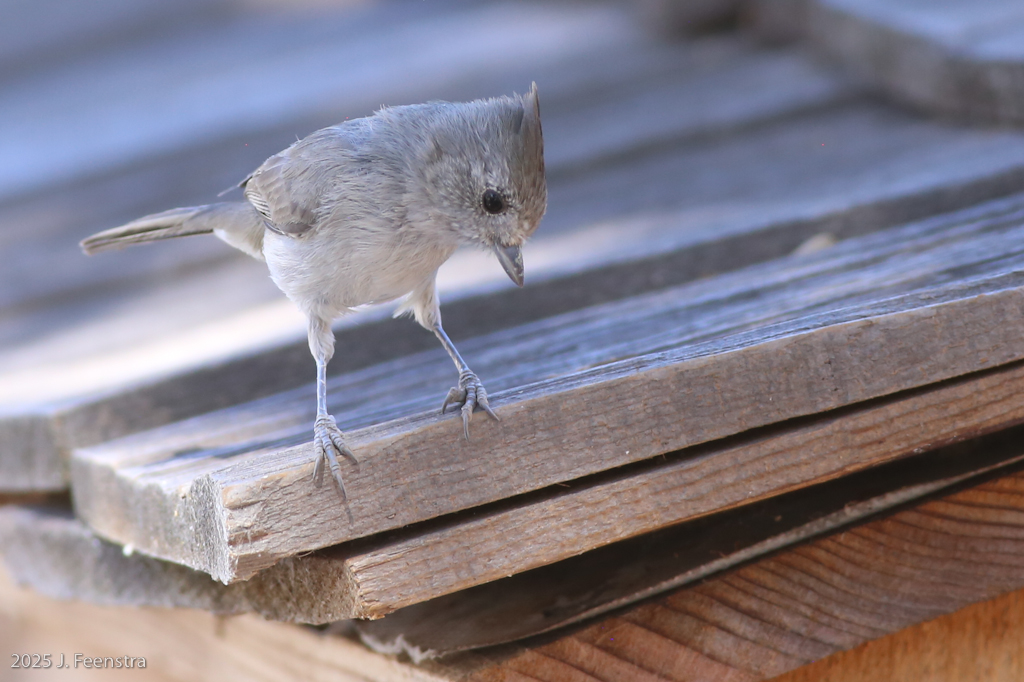
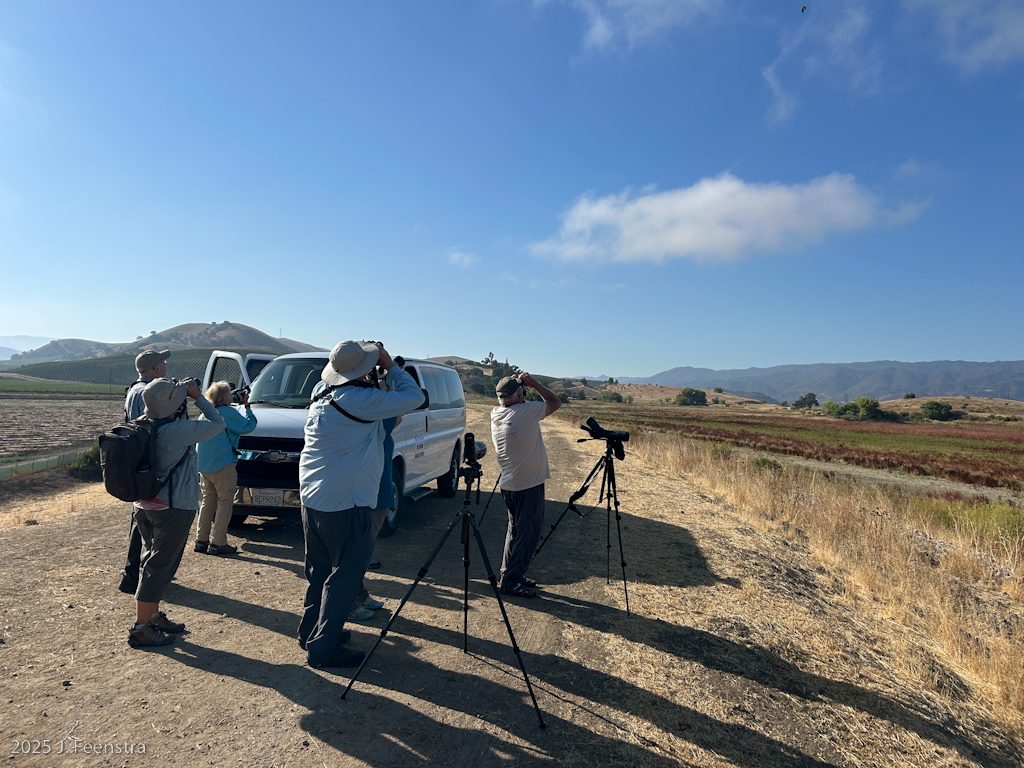
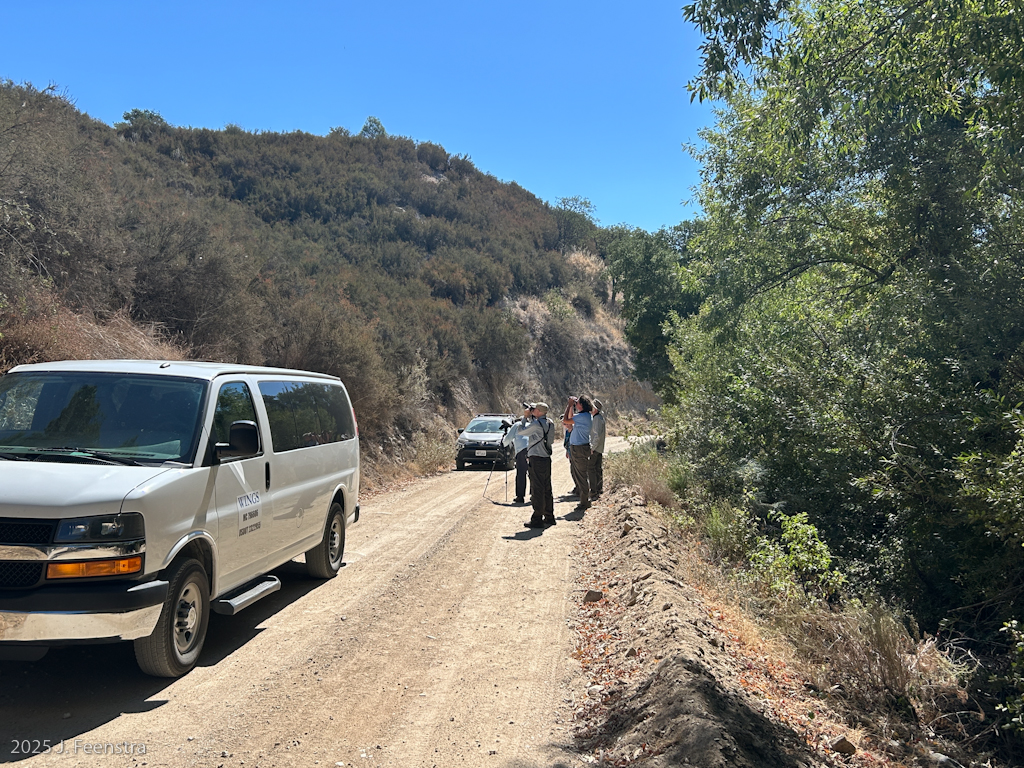
We left San Jose heading south. Our first stop was San Benito County in which we met up with birding celebrity, and local, Debi Shearwater. She showed us around a few of her favorite haunts where we found our first California specialties including many of the dark, coastal subspecies of Bell's Sparrow and Lawrence's Goldfinches. Our mid-day was at Pinnacles National Park where we saw a few California Condors wheeling over the ridge.
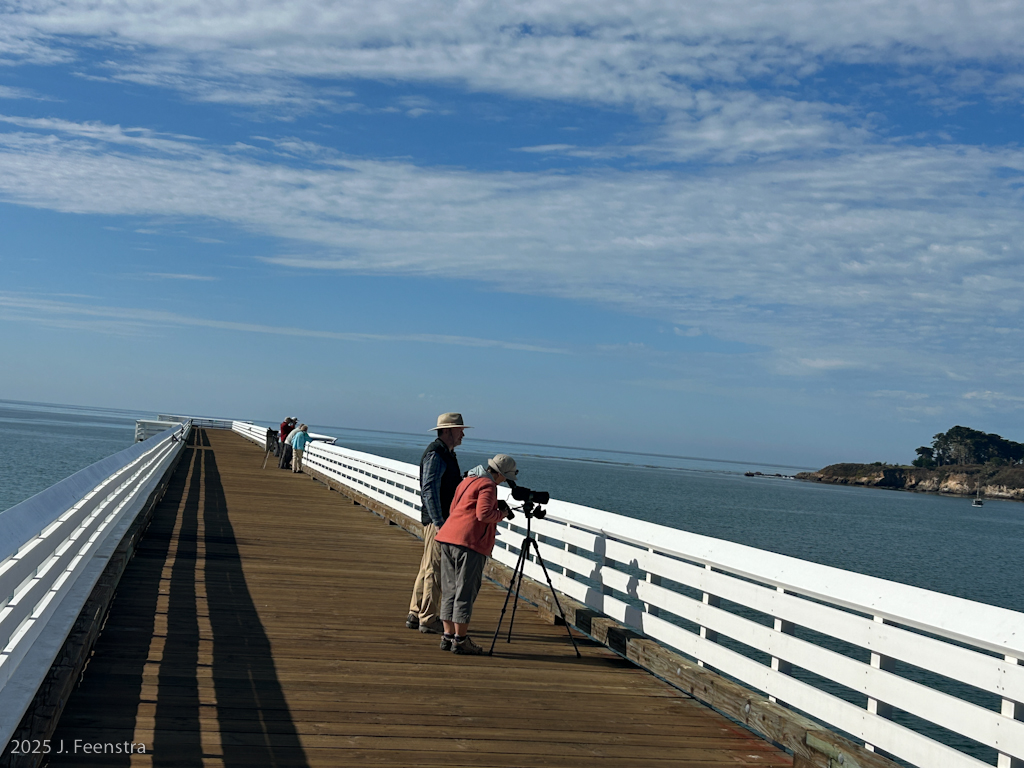
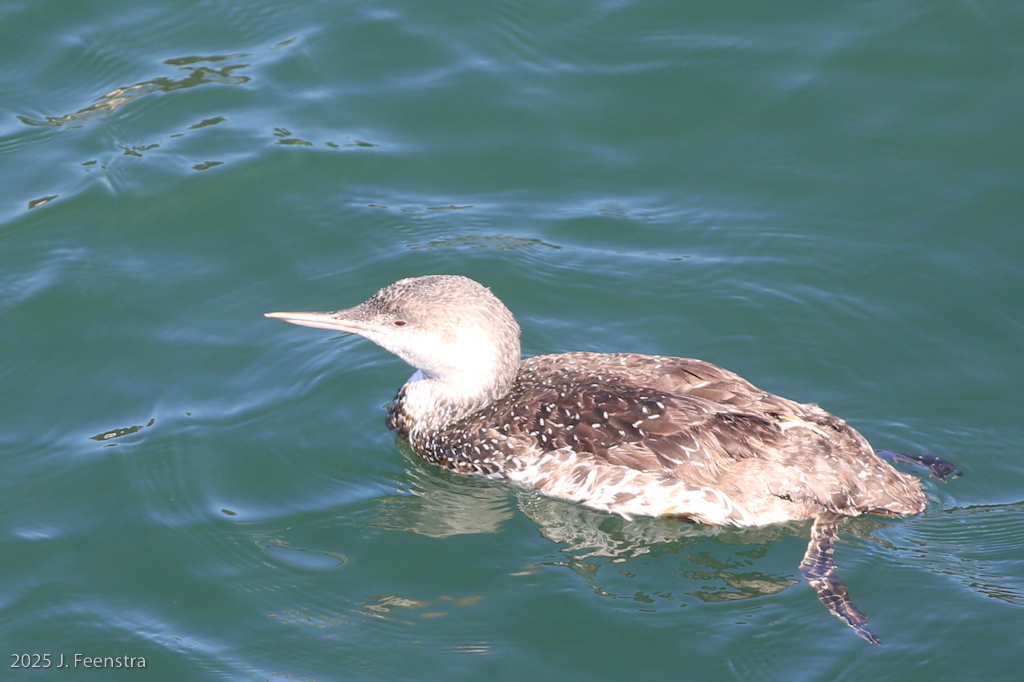
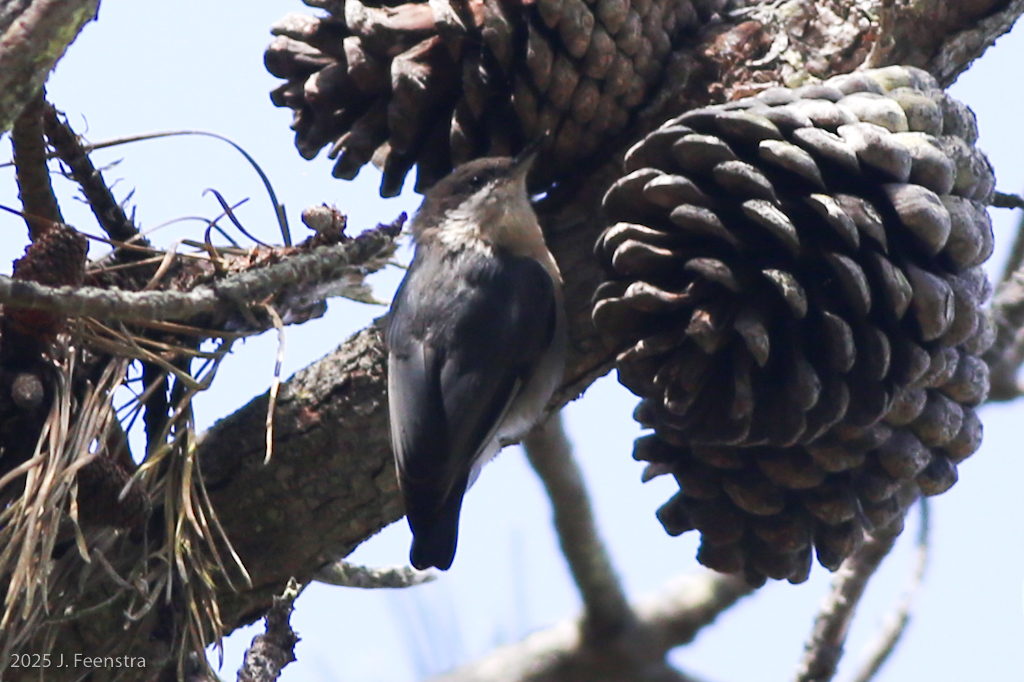
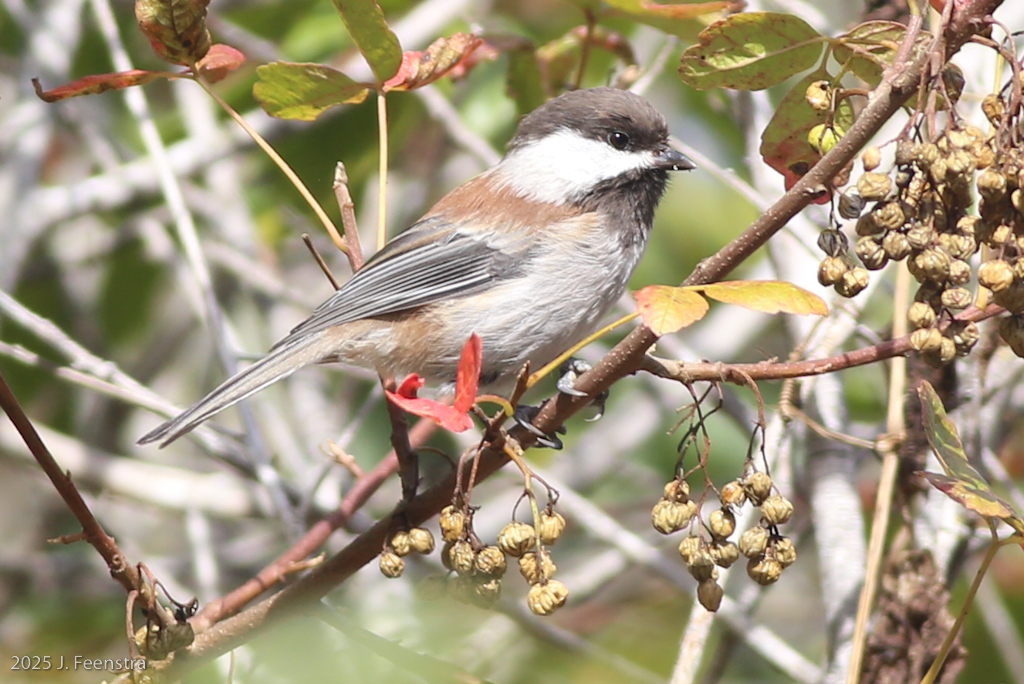
We spent the next couple of days birding the central coast of San Luis Obispo County from San Simeon south through Morro Bay to Oceano. It's a beautiful area with rugged bluffs and coastal woodlands, wetlands, and estuaries. Special birds we saw in this area included coastal subspecies of White-crowned Sparrow, Pygmy Nuthatch, Brown Creeper, and Chestnut-backed Chickadee.
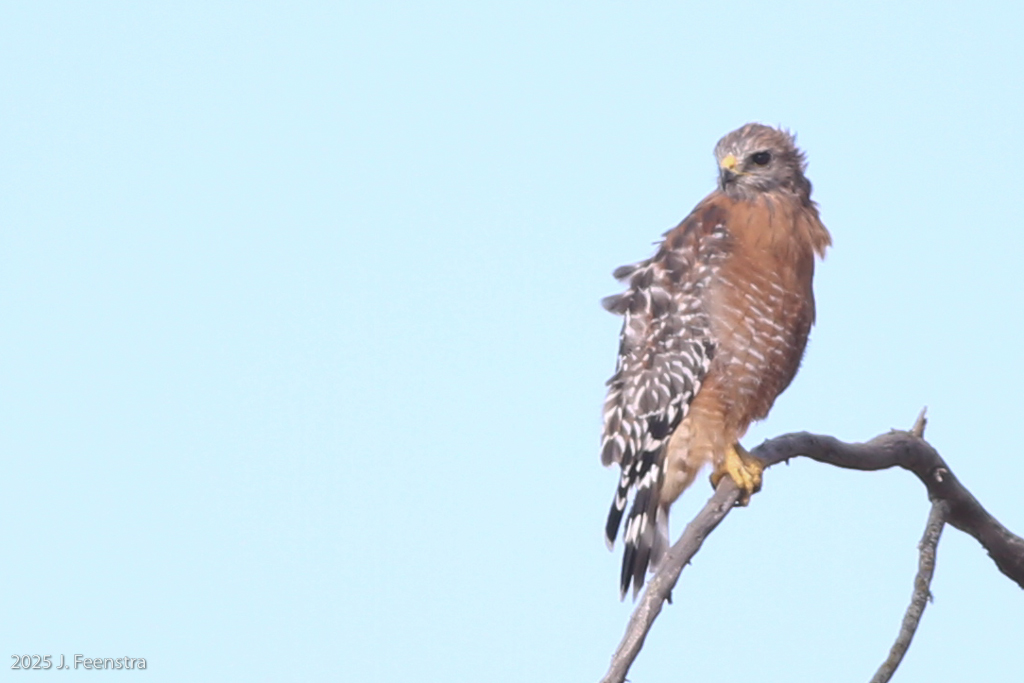
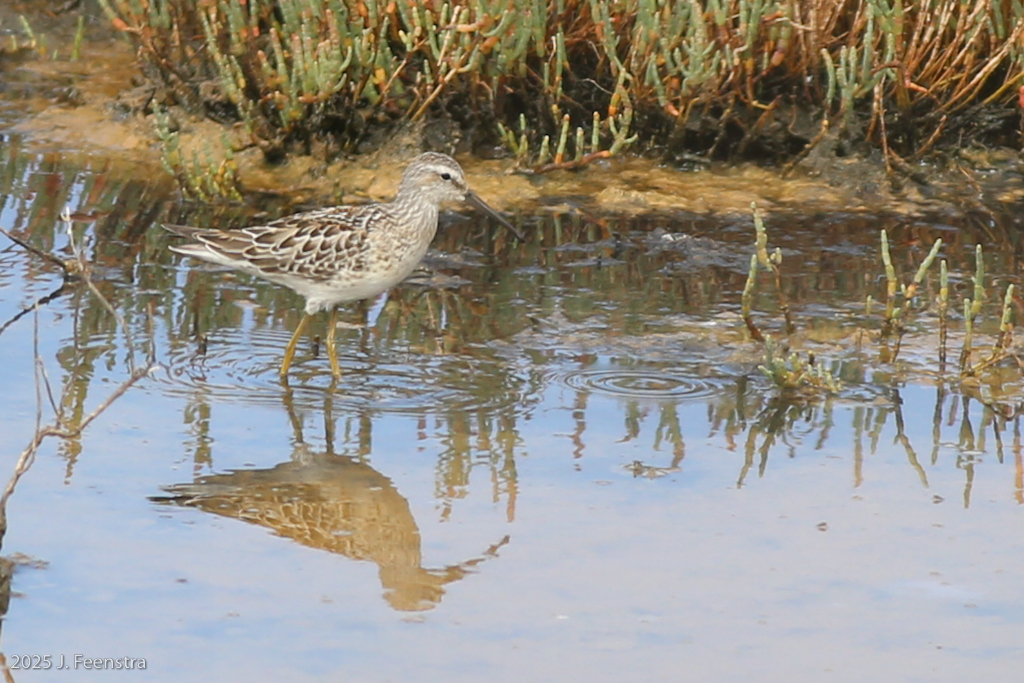
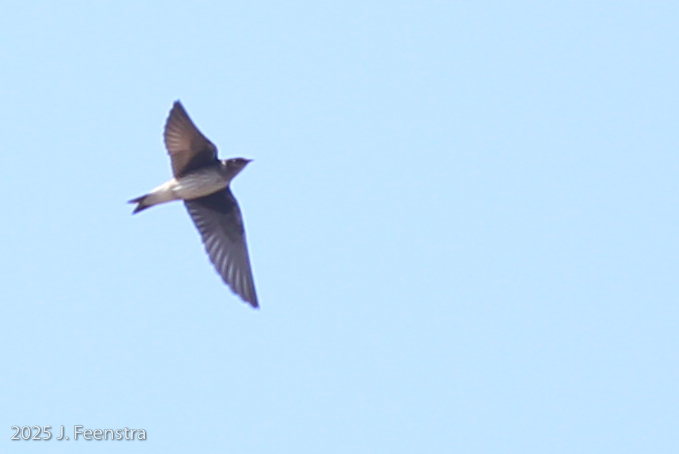
Moving further south along the coast, we spent two nights in Ventura. Our full day there was a boat trip with Island Packers to Prisoner's Harbor on Santa Cruz Island. We had already seen Yellow-billed Magpie while leaving Pinnacles National Park, and today we saw California's other endemic species, the Island Scrub-Jay. We had a picnic once we got off the boat then had no problem getting great looks at the jays once we walked over to the nearby trees. There were also lots of the dull olive sordida subspecies of Orange-crowned Warblers about. The boat trip wasn't much for birding but we did have encounters with some Humpback Whales and a flock of several hundred Black-vented Shearwaters.
The following day, we did the morning in some private coastal wetlands with local birder Larry Sansone. It's quite possibly the best place to observe shorebirds at very close range. We had killer looks at both dowitchers, lots of Baird's Sandpipers, Solitary Sandpipers, and hundreds of Least and Western Sandpipers.
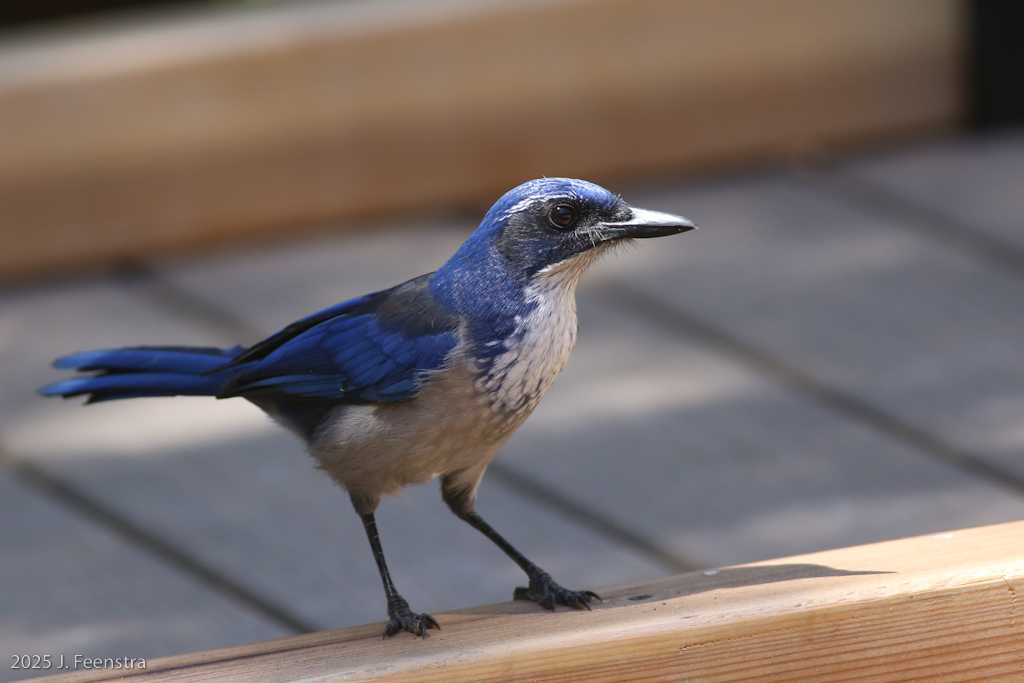
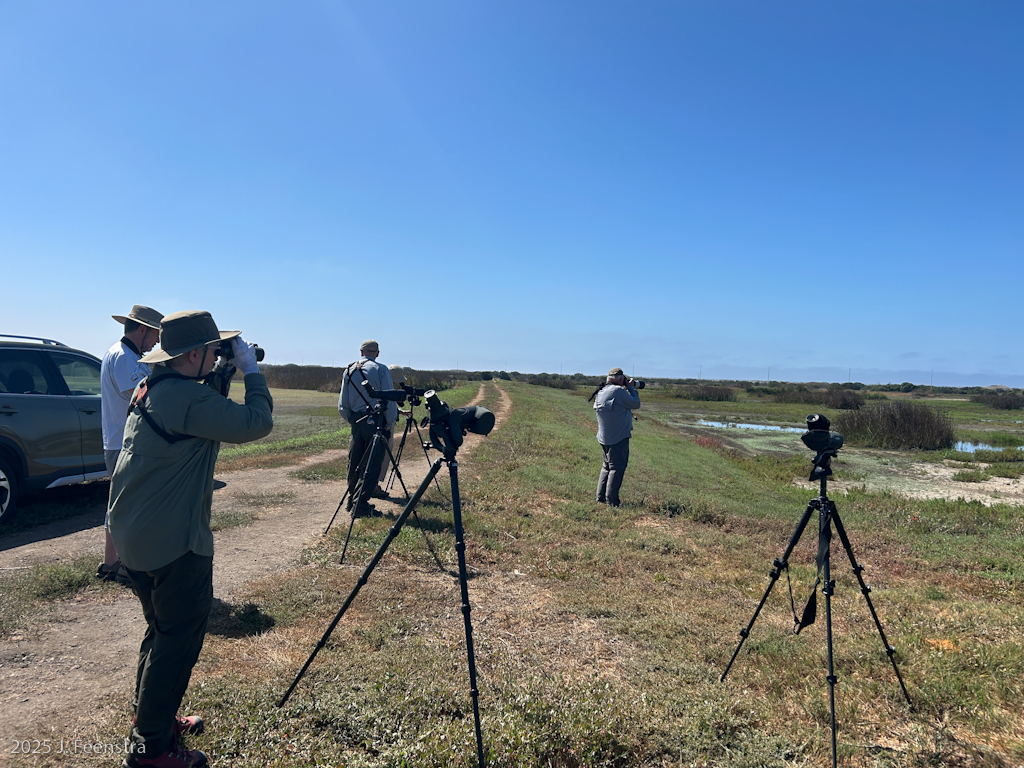
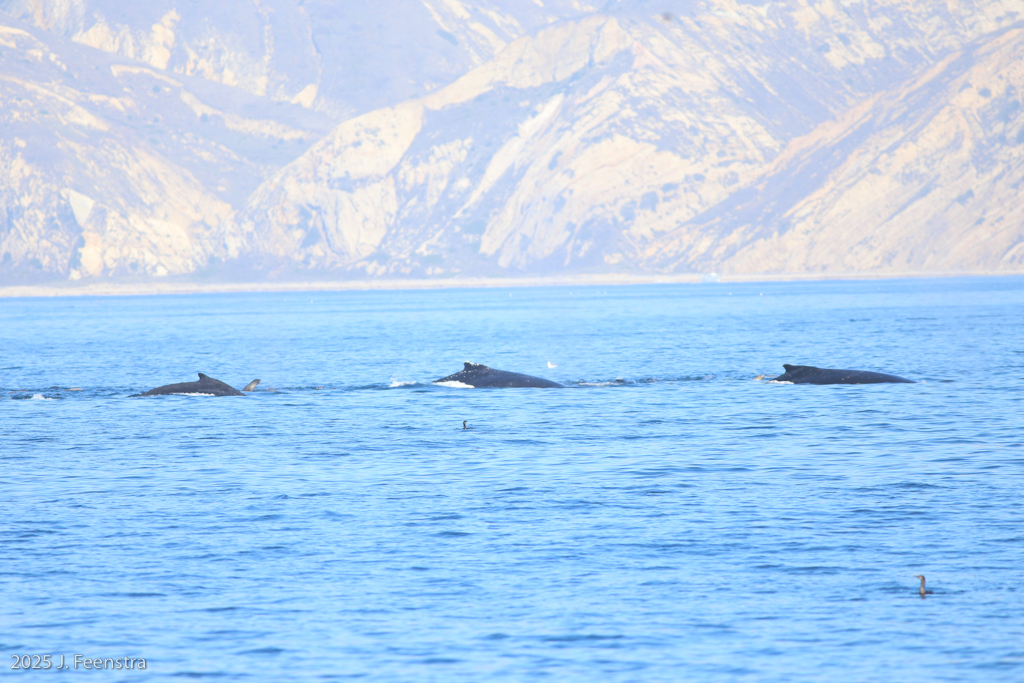
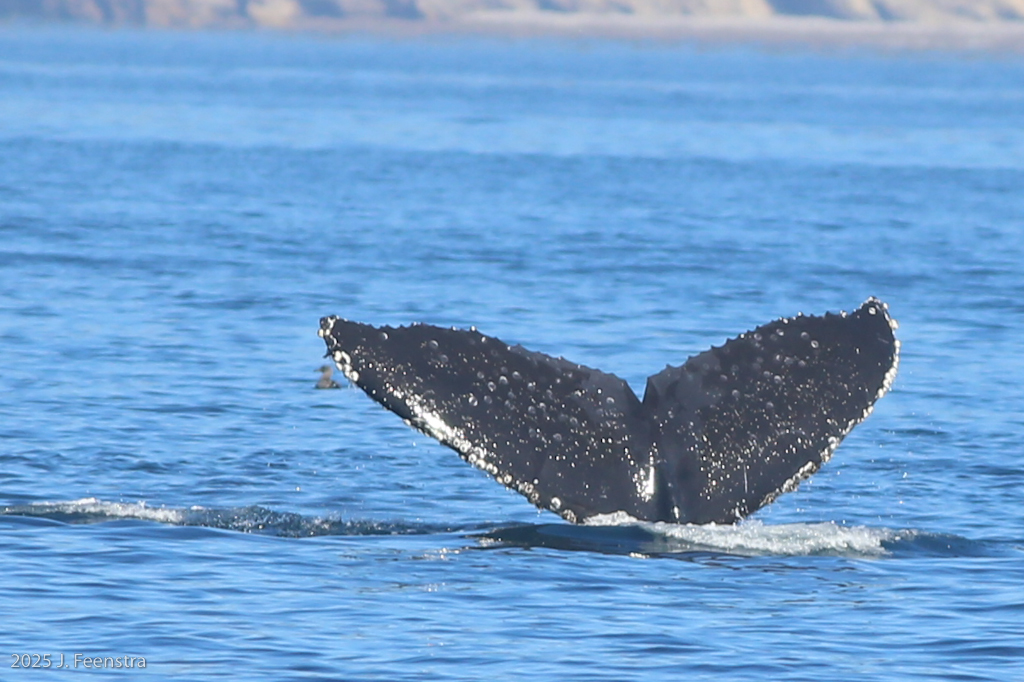
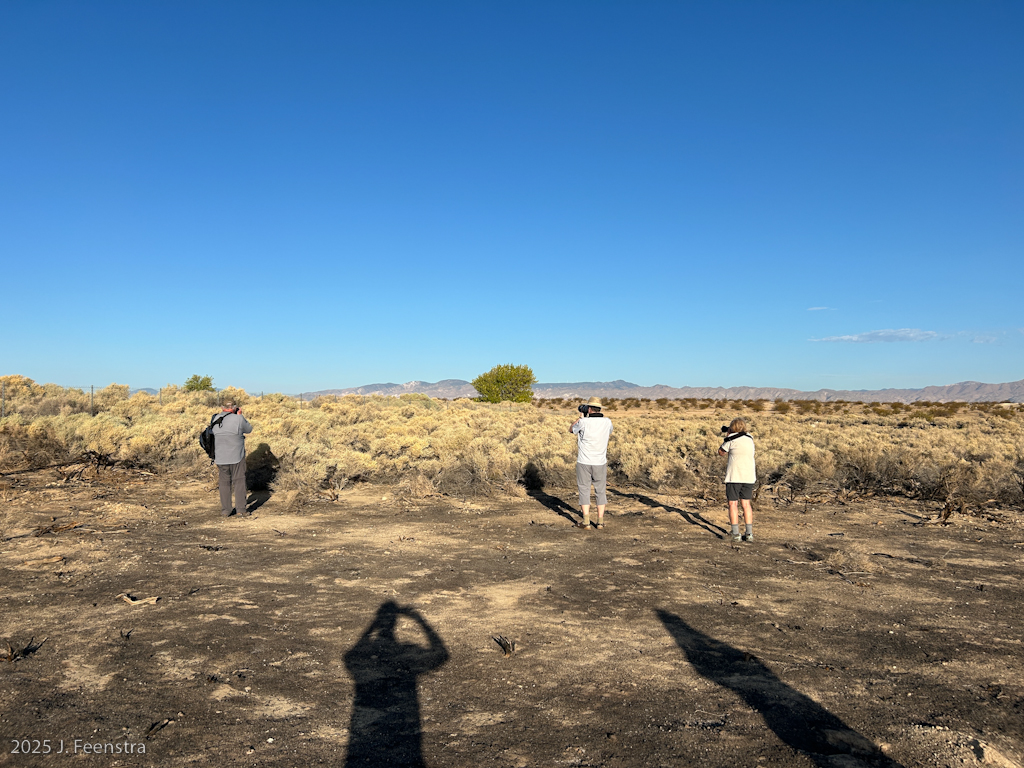
Leaving the cool weather of the coast we took to the other extreme and drove out into the western Mojave Desert. We spent the next couple of days based in California City where our main target was LeConte's Thrasher, but also all of the other desert birds we hadn't gotten to yet, like Cactus Wren, Ladder-backed Woodpecker, and canescens Bell's Sparrow. From California City we also took a day trip to the Tehachapi Mountains (transverse range) to escape some nasty desert wind storm. We also took a day trip to the southern end of the Sierra Nevada where we encountered hundreds of Pinyon Jays, some Clark Nutcrackers, and the interior subspecies of White-breasted Nuthatch.
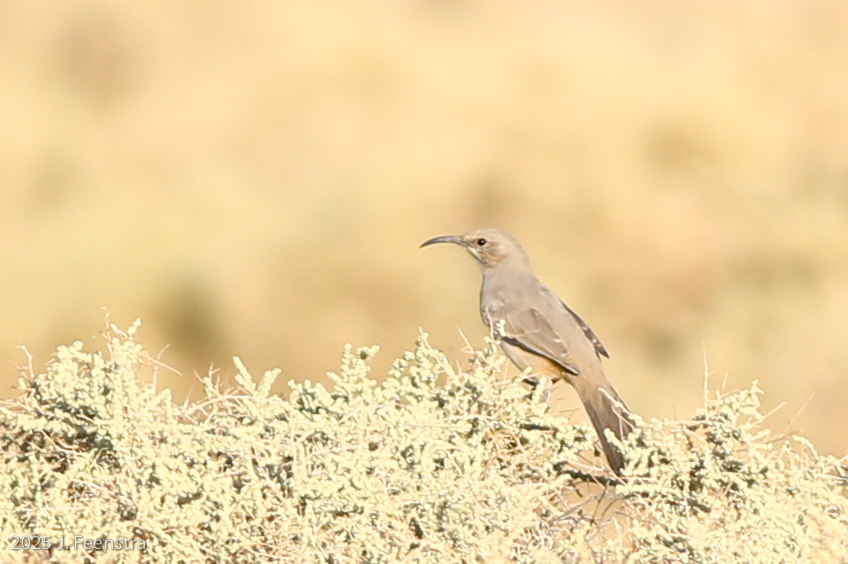
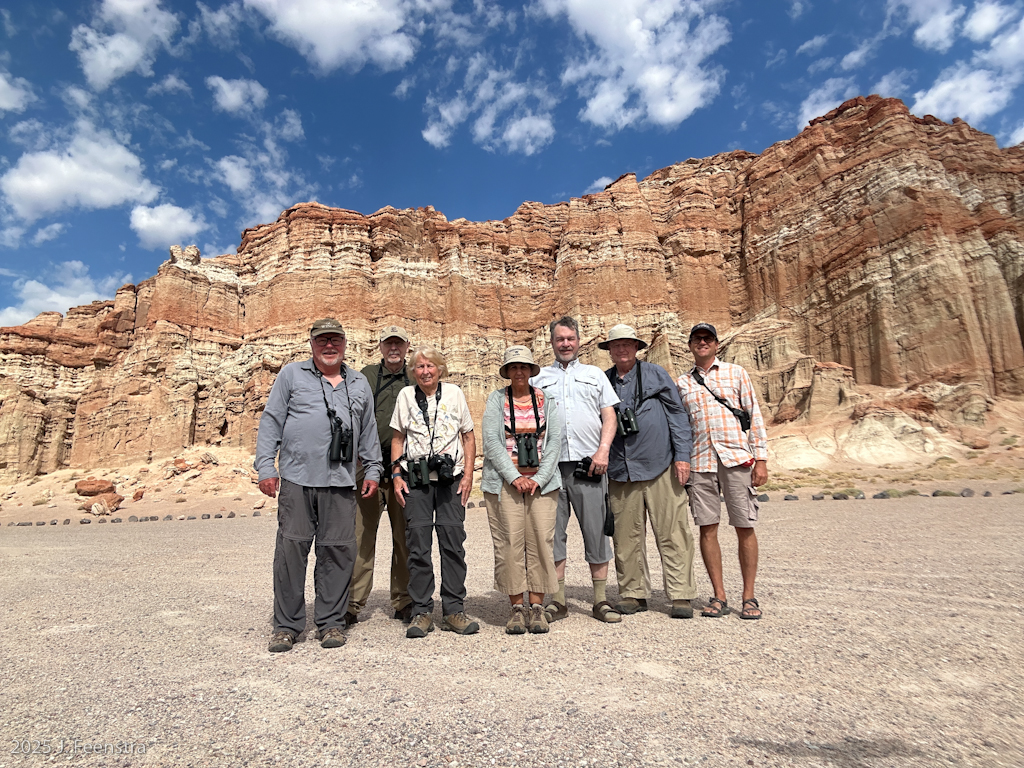
From the Mojave Desert we ascended into the San Gabriel Mountains, the transverse range north of Los Angeles. We were joined by Los Angeles birding legend Kimball Garrett. Here we mopped up a few more mountain specialties including White-headed Woodpecker, MacGillvray's Warbler, thick-billed Fox Sparrow, and Green-tailed Towhee. We spent the night in Wrightwood in a bizarre mansion that looked like it might double as a set for a horror movie, though had a pretty sweet game room in the basement.
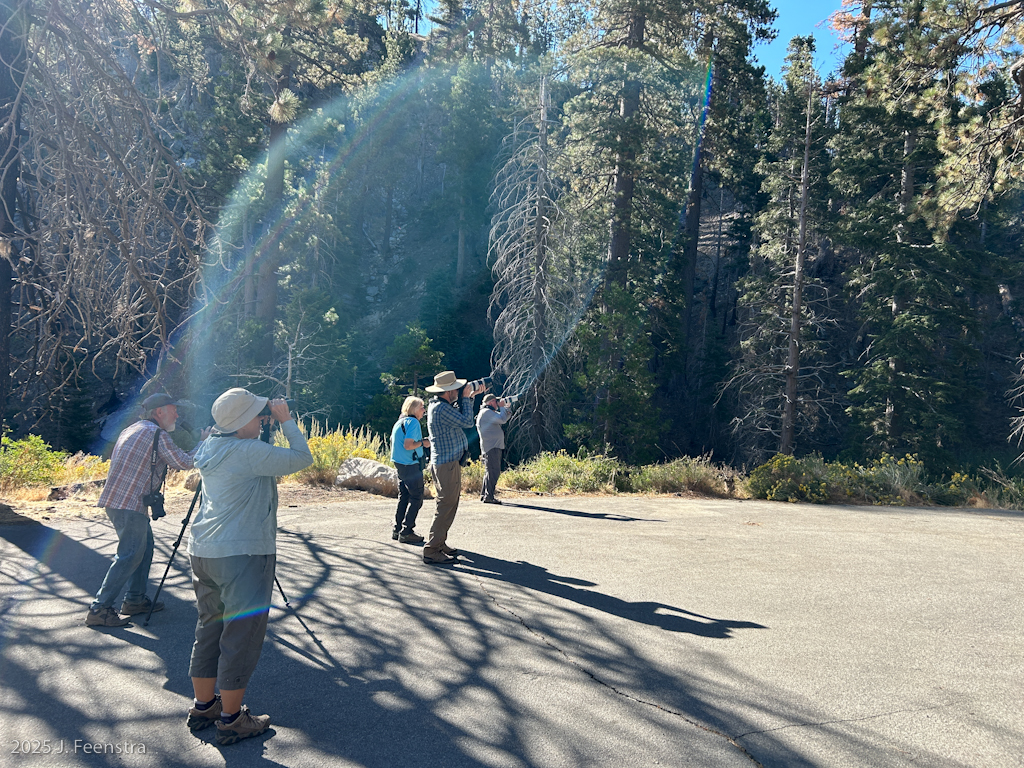
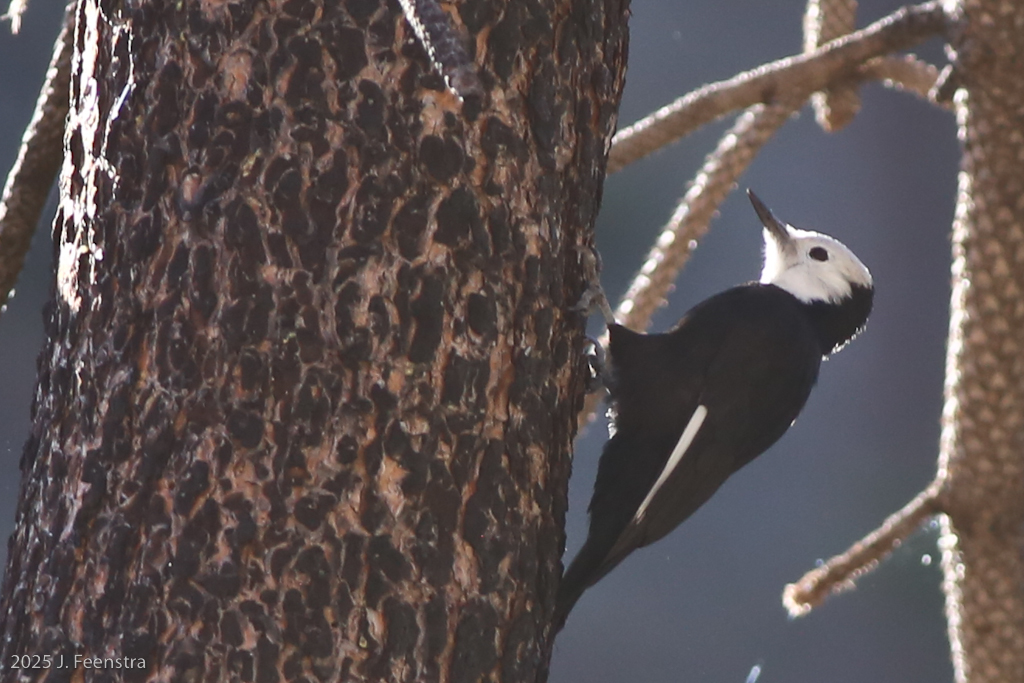
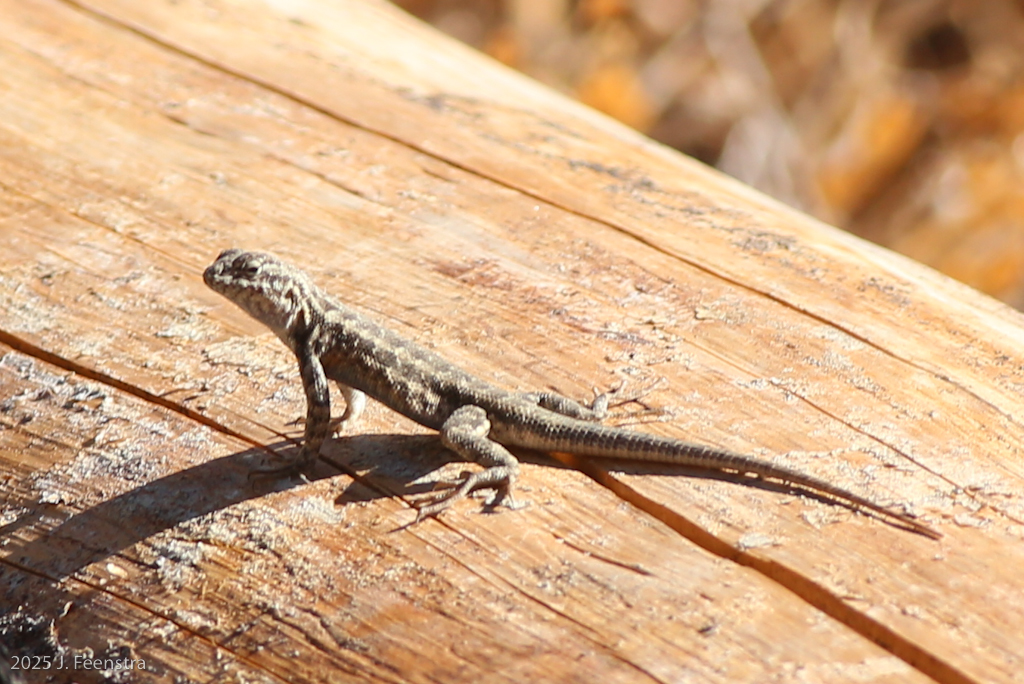
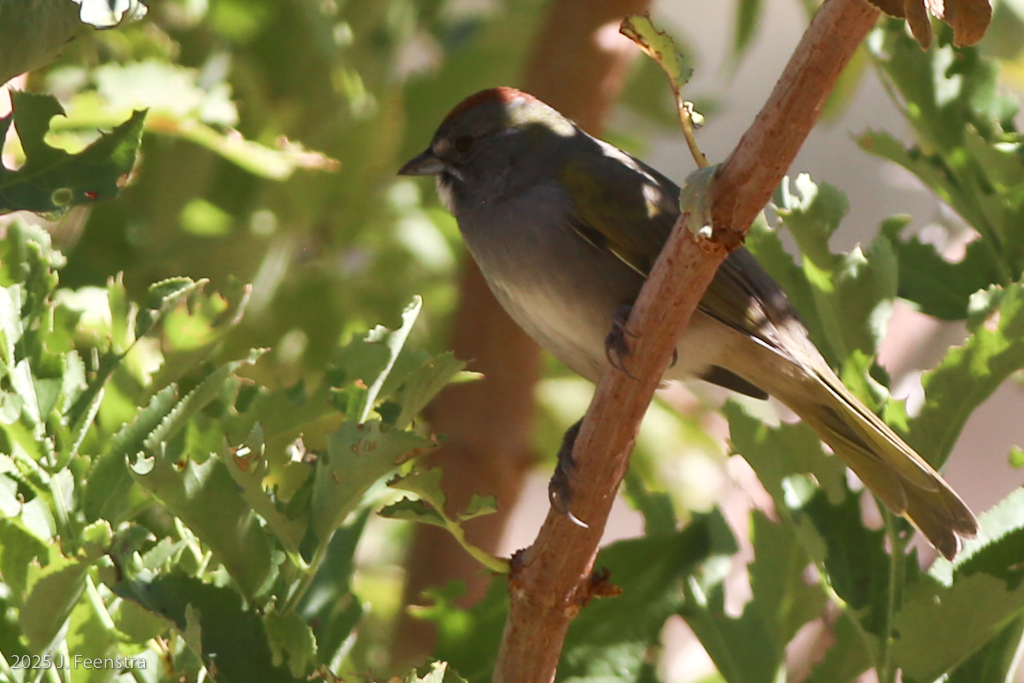
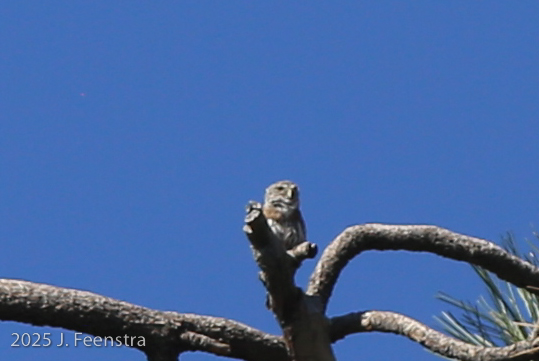
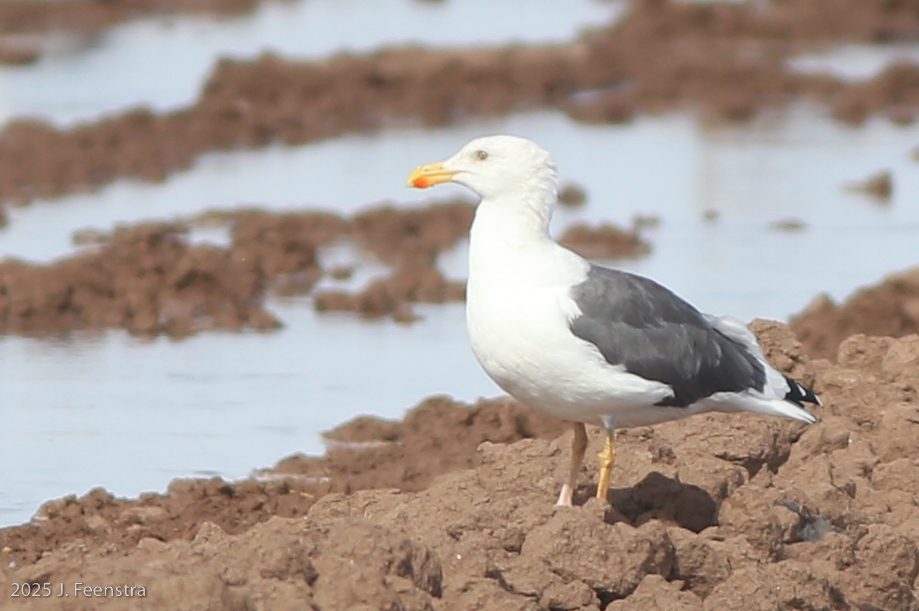
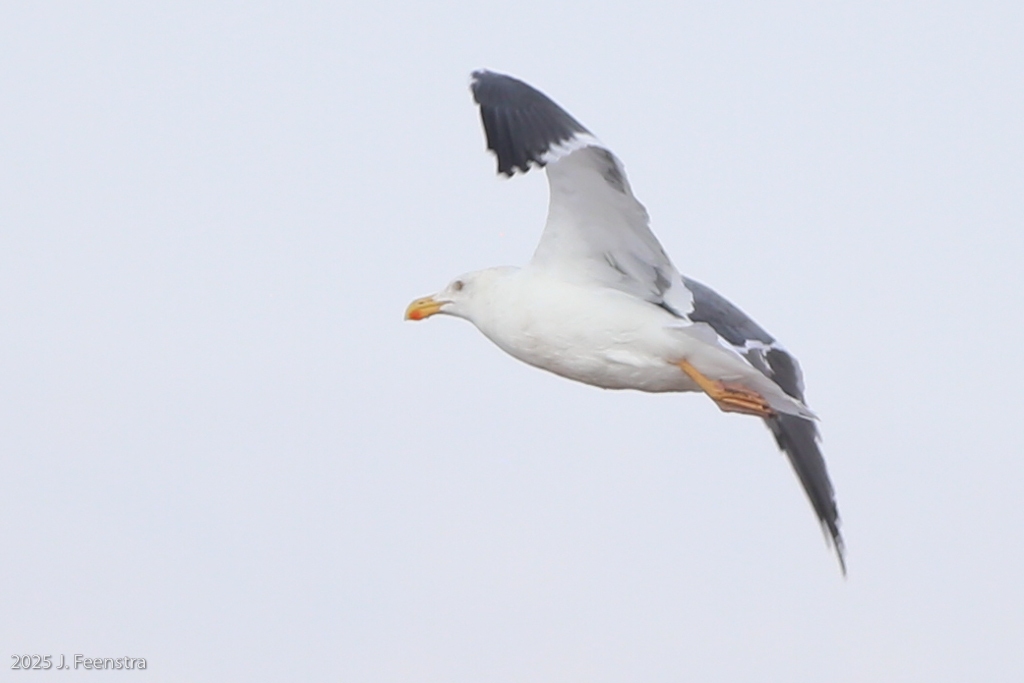
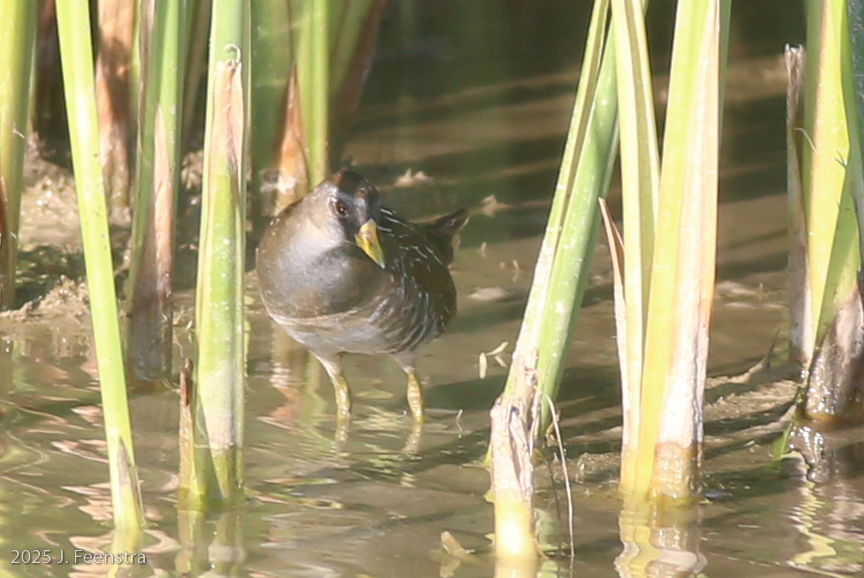
Our path continued south through interior California to the Salton Sea. The Salton Sea is well-known as one of the top birding locations in the country, a wintering ground for millions of waterbirds, and the vast surrounding agricultural fields home to wading birds and Burrowing Owls. The Salton Sea now is fading, drying up, now too salty to support fish and therefore no longer hosting as many birds as it once did. However, it's not dead yet. It is still amazing and still full of birds. Our visit there in the summer is timed for finding Yellow-footed Gull, a relatively rare bird resident in the Gulf of California but present in small numbers every summer at the Salton Sea. Sometimes it can reach 120F in summer here, but it was, fortunately, relatively cool, and barely hit 100F for our two days. We met up with Guy McCaskie, Salton Sea expert, and godfather of California birding. We worked the shoreline and found some super distant Yellow-footed Gulls. One of them picked up and flew off and disappeared. We tracked it and found it, and two others, bathing and lounging in a flooded agricultural field with other gulls and waders.
For the rest of our time at The Sea, we drove around looking a wetlands, birding neighborhoods and cemeteries with trees, and taking a break from the heat mid-day. Other than Yellow-footed Gull, we also found other desert and Salton Sea specialties like Burrowing Owl, Black-tailed Gnatcatcher, Abert's Towhee, Inca Dove. We even found a Prothonotary Warbler at Brawley cemetery, our best vagrant bird of the trip.
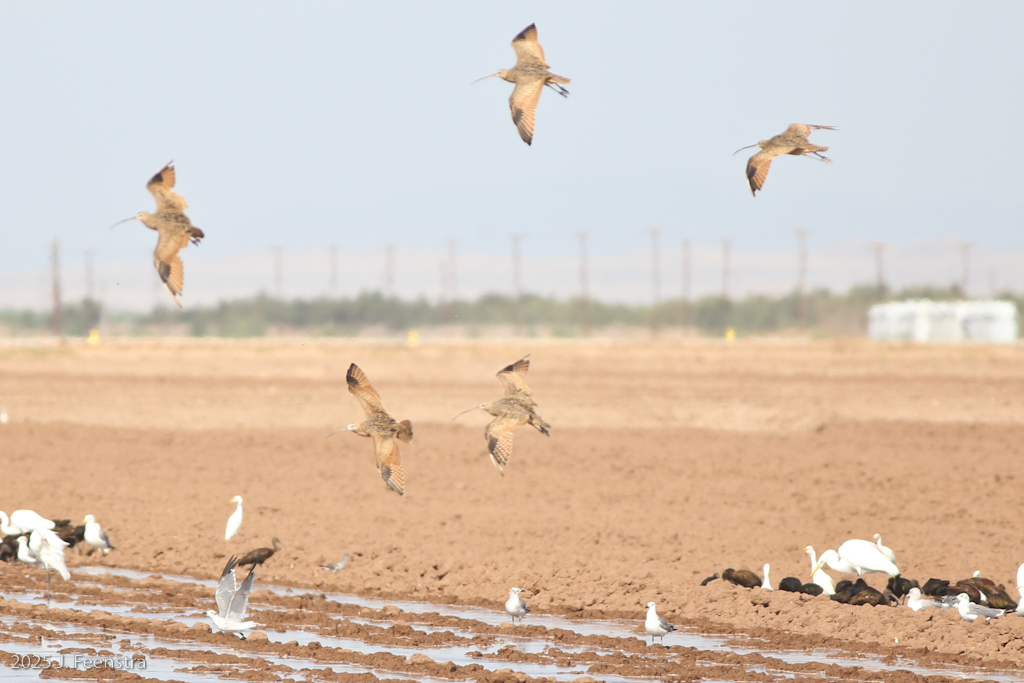
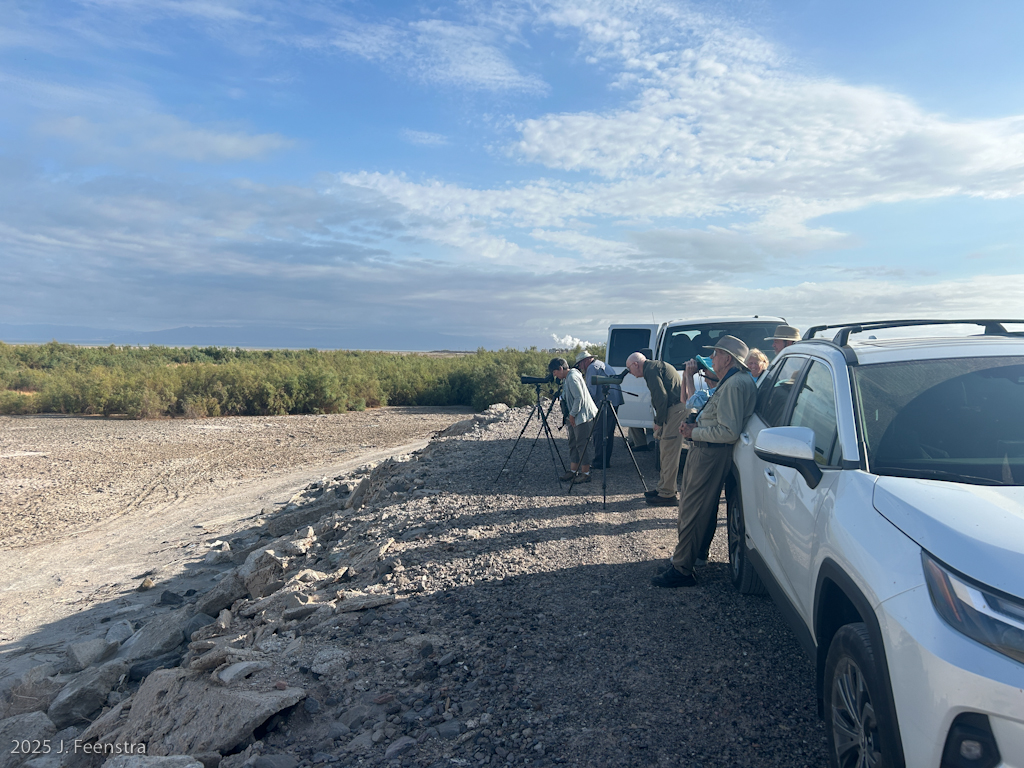
From the Salton Sea we returned to the coast at San Diego for the final leg of our tour. Our first full day there we joined a pelagic birding trip our of Mission Bay to the Nine Mile Bank and the Thirty Mile Bank. The ocean was gentle to us and we had a good slice of the typical pelagic birds of the area including Black-vented Shearwater, Black, Least, Leach's, and Towsend's Storm-Petrels, Craveri's Murrelets. A Flesh-footed Shearwater was a singular bird highlight. The trip highlight, however, was probably the Sperm Whale logging on the surface that allowed close approach.
The final day was land-birding as we finished up the California specialties. We saw California Gnatcatcher, Ridgway's Rail, Pacific Golden-Plover, plus some of the exotics like Burrowing Parakeet, Pin-tailed Whydah, and Swinhoe's White-eye. We finished our final day of the tour watching hundreds of screeching Red-crowned and Lilac-crowned Parrots settle in to roost.
